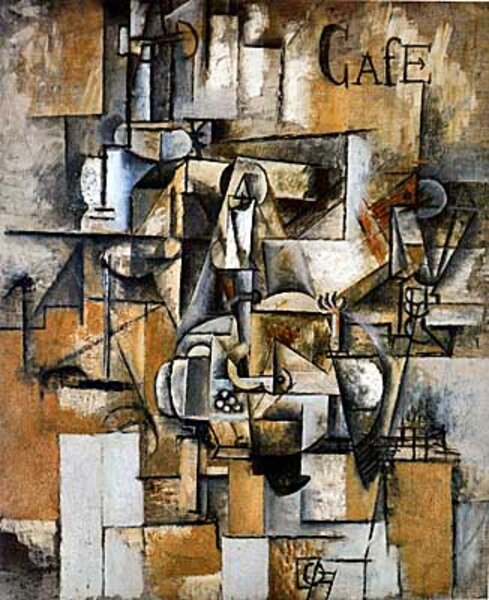Paris art heist: The chances of recovery aren't good
Loading...
Stolen artwork, like the five paintings stolen Wednesday in a brazen, high-profile heist in Paris, is rarely recovered.
As little as 5 percent of stolen artwork is recovered, according to Marlinda Simon, an independent art investigator in Argentina.
The Art Loss Register, the world’s largest database of lost and stolen art, puts that figure at 12 to 15 percent.
IN PICTURES: Famous art heists
In the Paris art heist, one of the biggest art thefts in history, a masked thief broke into the Paris Museum of Modern Art and stole five paintings, including a Picasso and a Matisse. (The paintings were originally thought to be worth as much as $600 million, but subsequent reports have put the value at slightly more than $120 million.)
“This was a very sophisticated theft, a very brazen one, to take on a major French museum,” says Chris Marinello, executive director of the London-based Art Loss Register. “You don’t take on a major French museum without a plan. In this case, we may see a ransom demand, or they may wait for the insurance company to pay out.”
The theft was discovered Thursday morning before the museum was to open. Security cameras at the museum showed a hooded man shearing off a gate padlock, smashing a heavily reinforced ground-floor window, and disabling a security system before climbing inside and stealing five paintings.
The stolen paintings are:
Pablo Picasso’s "Dove With Green Peas," 1912
Henri Matisse’s "Pastoral," 1905
Georges Braque’s "Olive Tree Near Estaque," 1906
Fernand Léger’s "Still Life With Chandeliers," 1922
Amedeo Modigliani’s "Woman With Fan," 1919
According to Interpol, the international policing agency, art theft is the fourth-largest crime in the world. Annual losses from art and cultural-property crime (which includes theft, fraud, and looting) total about $6 billion worldwide annually, says the Federal Bureau of Investigation.
And it appears to be a growing trend, according to the Art Loss Register. The organization has 345,473 lost, stolen, or missing items listed in its database, as of Thursday – up 41 percent from the 203,734 lost or stolen items registered in January 2009. Between 2004 and 2009, the number of registered items increased 50 percent.
Picasso and Matisse are the artists stolen most often. The Art Loss Register has 660 Picassos and 121 Matisses registered as stolen, including those in Wednesday’s heist.
Recovering stolen artwork is a sensitive undertaking that can take decades, says Ms. Simon, the independent investigator and co-founder of Simon International, a consulting company.
“It’s a very difficult task to recover stolen art,” she says. “People sit on it for a long time. If you don’t find it quickly, the trail goes cold so fast. It’s nearly impossible to find [lost art] on a cold trail.”
In the Paris heist, Simon says, investigators will probably start on the inside.
“In this situation, you would immediately suspect an inside job,” she says. “Someone gave a lead from inside.”
Investigators may start their investigation with a list of museum employees who had access to the art and who knew how the security systems work. From there, they would look at those employees’ backgrounds, homing in on those who have criminal records or who may have had external pressure put on them.
“You have to methodically follow each lead,” she says. “It’s a long process. And the longer it drags on, the more difficult it is to recover the lost art.”
Mr. Marinello of the Art Loss Register says his organization investigates lost-art cases by looking in the marketplace where lost art may be sold.
In this case, the thief or thieves behind the heist are unlikely to put such well-known works in the marketplace.
They may hold on to the stolen art for years or decades “until the noise dies down,” then try to sell, Simon says.
Or, they may demand ransom, says Marinello.
“I’d like to say the works will be recovered soon,” he says. “But we have the [Isabella Stewart] Gardner theft [in Boston in 1990] overshadowing us. We don’t want this to become one of those.”
Related:






